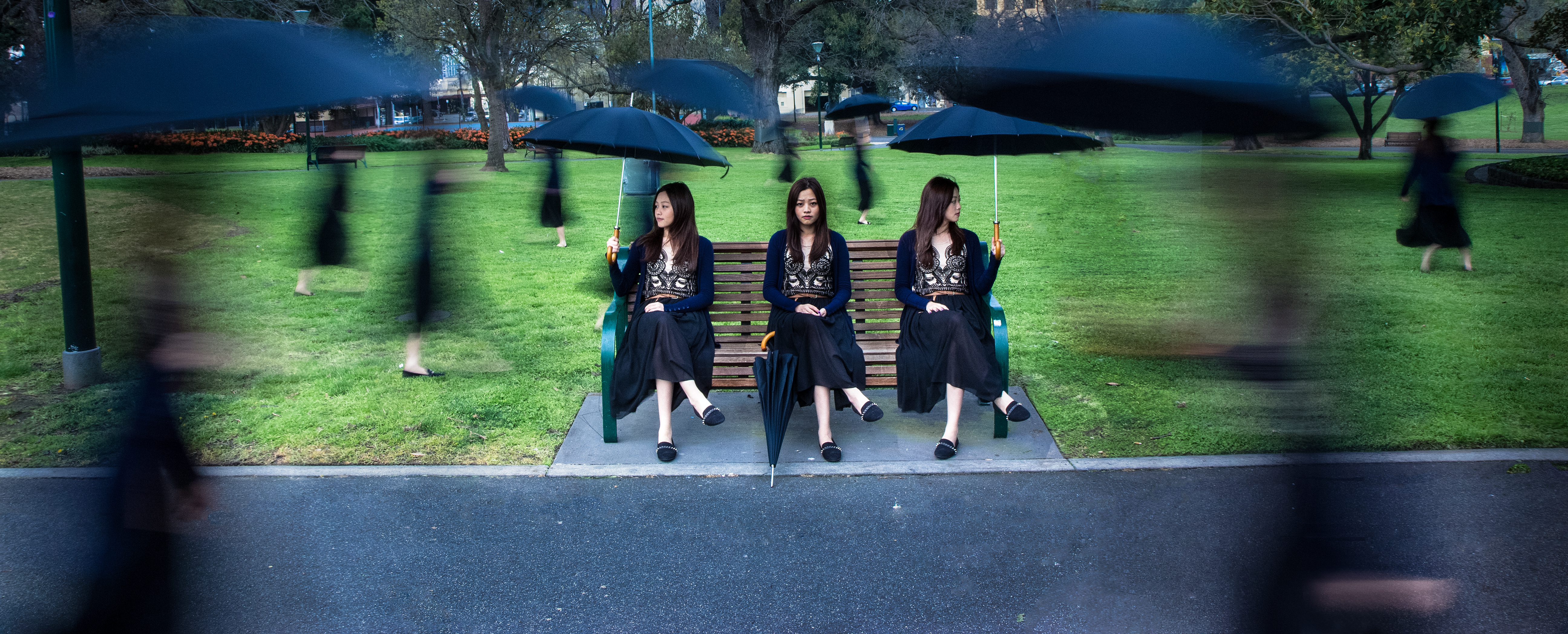Here are my favorite sentences of the readings accumulated over the course from Readings 01 to readings 10.
Readings 1:
“Interactive Documentary: Setting the Field.” Studies in Documentary Film 6.2 (2012): 125–139.
Favorite sentence:
Feed-back loops that are not possible in linear narrative
can give the opportunity both to participants and to the artefact to re-define themselves and to change. Where this is the case, it is through enacted engagement with the artefact that the reality being portrayed comes into being.
Readings 02:
Sørenssen, Bjørn. “Digital Video and Alexandre Astruc’s Caméra-Stylo: The New Avant-Garde in Documentary Realized?” Studies in Documentary Film 2.1 (2008): 47–59. EBSCOhost. Web. 19 Sept.
Favorite sentence:
They Must be Represented. This title denotes a ‘they’ and a ‘we’, where all good intentions of acting on behalf of others very often leads to a cementation of existing social constellations.
Readings 03:
Bordwell, David, and Kristin Thompson. Film Art: An Introduction. New York, N.Y.: McGraw-Hill, 2013. Print.
Favorite sentence:
One standard description of rhetorical form suggests that it begins with an introduction of the situation, goes on to a discussion of the relevant facts, then presents proofs that a given solution fits those facts, and ends with an epilogue that
summarizes what has come before
Readings 04:
Ryan, Marie-Laure. Avatars of Story. Minneapolis: University of Minnesota Press, 2006.
Favorite sentence:
Eliminates bad stories. This is the most controversial condition in the list, because it straddles the borderline between definition and poetics, and because it needs to be complemented by a full theory of the different ways in which narrative significance.
Readings 05:
Rascaroli, Laura. “The Essay Film: Problems, Definitions, Textual Commitments.” Framework: The Journal of Cinema and Media 49.2 (2008): 24–47.
Favorite sentence:
“despite overlappings, this genre of filmmaking needs to be distinguished from a documentary tradition and an avant-garde/experimental one.”
Readins 06:
Soar, Matt. “Making (with) the Korsakow System: Database Documentaries as Articulation and Assemblage.” New Documentary Ecologies Emerging Platforms, Practices and Discourses. Ed. Kate Nash, Craig Hight, and Catherine Summerhayes. Palgrave Macmillan, 2014. 154–73. Print.
Favorite sentence:
“A challenge of researching interactive texts is that the whole text is never completely available for analysis.” Each viewing has the potential to be different from the last.
Readings 07:
Frankham, Bettina Louise. “Complexity, Flux and Webs of Connection.” A Poetic Approach to Documentary : Discomfort of Form, Rhetorical Strategies and Aesthetic Experience. (2013): PhD Dissertation, University of Technology Sydney.
Favorite sentence:
The key issue is to provide the constitutive elements in a context that still permits a heuristic, exploratory engagement that may be taken further rather than setting the elements up as an algorithmic recipe that is definitive in the understanding of a topic.
Readings 08:
Shields, David. Reality Hunger: A Manifesto. New York: Vintage, 2011. Print.
Favorite sentence:
Story seems to say that everything happens for a reason, and i want to say, No, it doesn’t.
Readings 09:
Luers, Will. “Plotting the Database.” Database | Narrative | Archive: Seven Interactive Essays on Digital Nonlinear Storytelling. Ed. Matt Soar and Monika Gagnon. N. p., 2013. Web.
Favorite sentence:
Search, fast retrieval, user control of temporal ordering – the qualities that make databases unique – leave standard plot effects, such as foreshadowing and suspense, ineffective.
Readings 10:
Dovey, Jon, and Mandy Rose. “We’re Happy and We Know It: Documentary, Data, Montage.” Studies in Documentary Film 6.2 (2012): 159–173.
Favorite sentence:
Video content ‘of the web’, live to the affordances of networked connectivity, has particular attractions to the documentary producer. It has the potential to introduce different voices into a linear text, to offer in-depth investigation of particular sequences, and to re-contextualise documentary material through mobilising the enormous co-creative potential of human discourse captured in the web.
